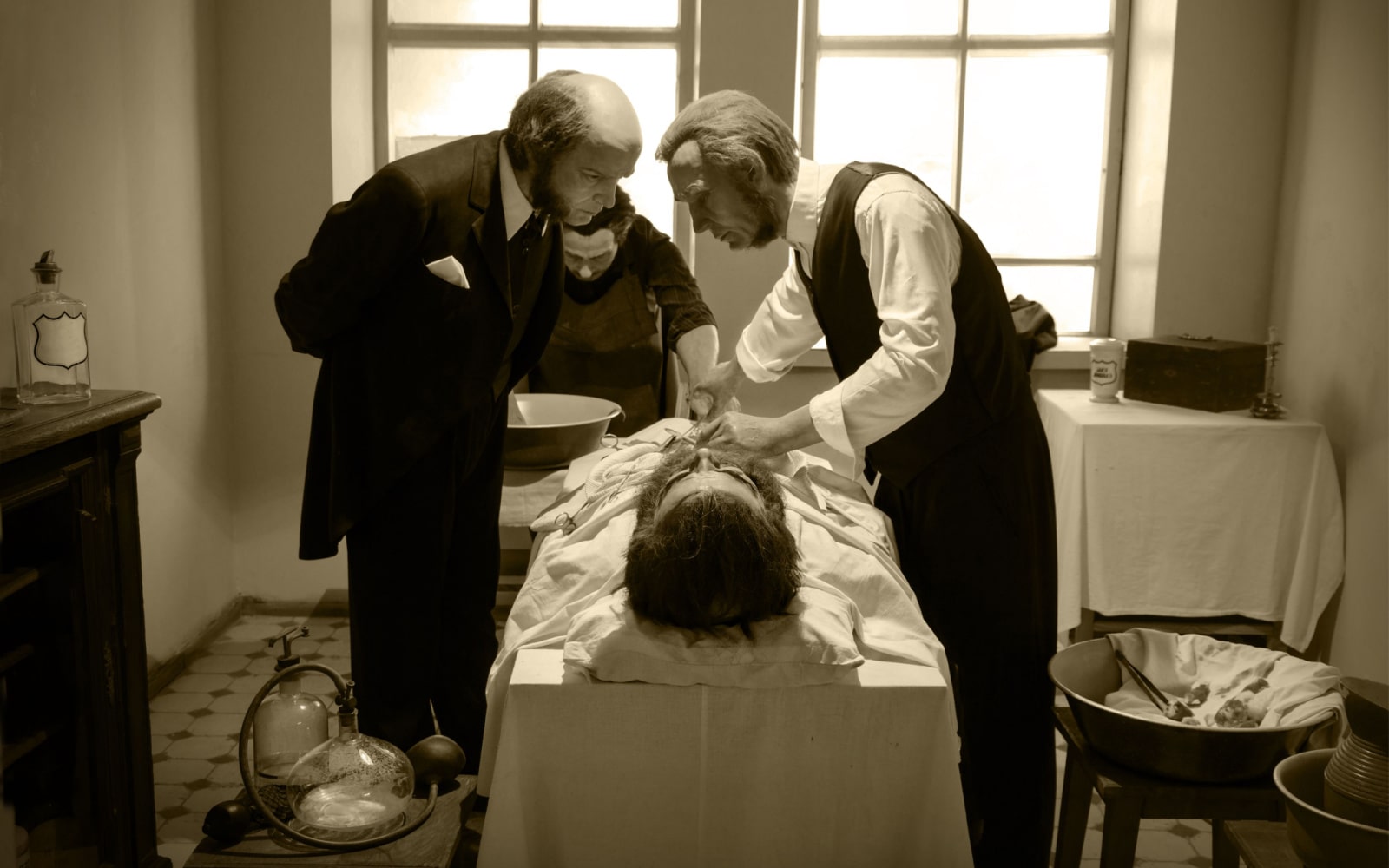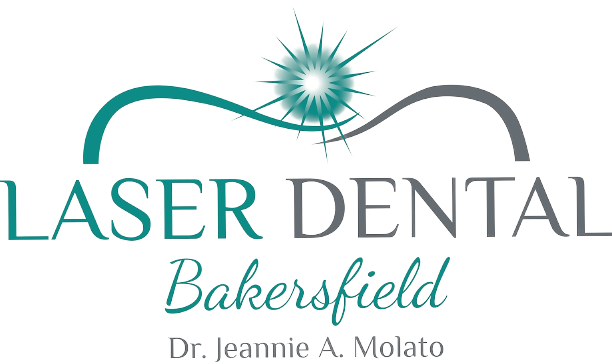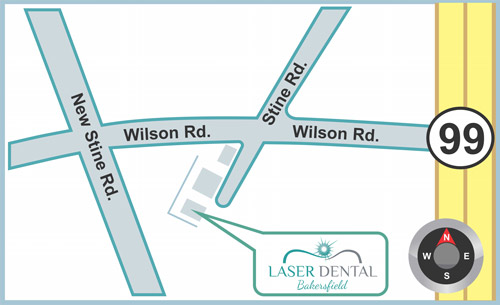Before preventative care was even a concept, painful tooth extractions were just a part of life. However, it’s through the help of dentists that anesthetics were made possible. Life-saving surgeries we know of today are due to the innovation and research of dentists over the last hundred years. Today we will be learning about what experiments worked and didn’t work and how more people can experience dental care without pain.
The Introduction of Anesthetics and Local Anesthesia To The Public
Initially, using harsh substances such as cocaine, heroin, and morphine for pain relief was just a fact of life, mainly because our historical technology limited our understanding of medicine. But it wasn’t until the mid-1800s that it all changed.
The discovery of anesthetics began with Dr. Horace Wells, a Connecticut dentist. He watched a traveling street show that used nitrous oxide to entertain people and, through experimentation, noticed that it dulled the pain. When it came to nitrous oxide, it was discovered later on that although it did null pain, it didn’t completely provide the anesthetic options patients needed to get through a tooth extraction painlessly.
From there came two dentists, W.T.G Morton and Dr. Wells. These dentists were colleagues that experimented together in search of better pain-relief options for their patients. They saw the way nitrous oxide worked, and W.T.G Morton decided to use ether in his practice. Ether is an alcohol solution that is often mixed with waxes, resins, and other ingredients to provide better sedation and pain relief. However, due to its severe side effects, including respiratory paralysis, unconsciousness, and drunkenness, it was then discouraged from use.
It was in the early 1900s that localized anesthetics were introduced into dentistry by German chemist Alfred Einhorn and surgeon Heinrich Braun. These two people helped develop Novocaine, a local anesthetic that numbs areas of the mouth and significantly improves the outlook of dentistry forever. Novacaine remains a highly popular form of anesthetic for dentists today, but its alternative, lidocaine, helped reduce allergic reactions and offer better consistency for their patients.
How Anesthesia is Used In Today’s Practices
While some of the earlier methods mentioned here may have sounded strange, it was a sign of progress for everyone. Through the trials and tribulations of dentists, surgeons, and chemists, today’s dental health populations maintain more positive outlooks for the future of dental care. Nowadays, dentists work with at least three methods of anesthetic to treat patients:
- Nitrous Oxide: A odorless gas that provides a euphoric high for patients and helps reduces stress and anxiety by reducing the patient’s perception of pain.
- Lidocaine: A type of local anesthetic that blocks the nerve signals to prevent pain and treat dental conditions such as tooth abscesses, calcified roots, and gum infections.
- IV Sedation: A combination of medications used to help provide deep sleep for the patient to prepare them for oral surgeries and other procedures.
Now, almost every dentist has a qualified anesthesiologist on hand for their treatments. To learn more about your treatment options, speak to your dentist about your upcoming dental care and ask about what forms of anesthesia are available and may be required for your dental care.







